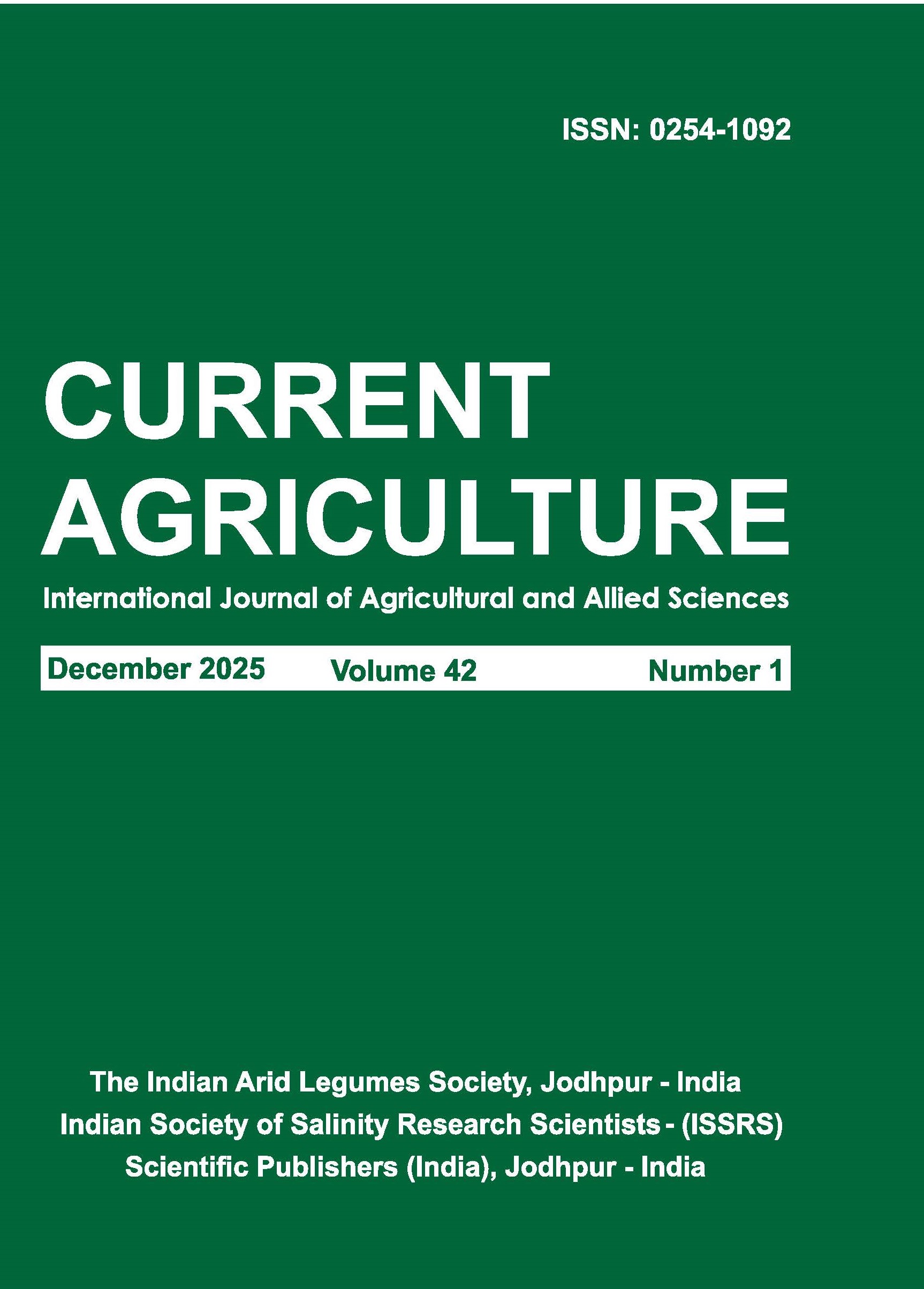A. Ientiformis (exotic) and A. stocksii, halophytic salt bushes established and produced nitrogen rich fodder on arid salty waterlogged soil in Jodhpur. Mounding practices significantly enhanced the survival, growth and biomass production for both the species. Double ridge mound was best A. Stocksii and circular dish mound for A. Ientiformis. After 72 months, A. stocksii maintained the percent survival as 75% on DRM, 41.7% on CDM and 12.5% on control while it was 53.8(DRM), 58.0 (CDM) and 8.3 % on control, respectively, for A. Ientiformis. Overall A. Ientiformis recorded significantly more mean green and dry (2462.2 & 819.8 g) biomass compared to 1548.3 & 631.3 g for A. stocksii. Root development was alongside the ridges in DRM, while in CDM root development was in all direction along the circular mound with occasional root going out of the soil structure. Overall CDM was the best structure and it produced 562.5 & 256.0 g shrub-1 fresh and dry rootmass which was 2.8 & 15.0 and 2.1 & 12.2 times more than DRM and control respectively.






